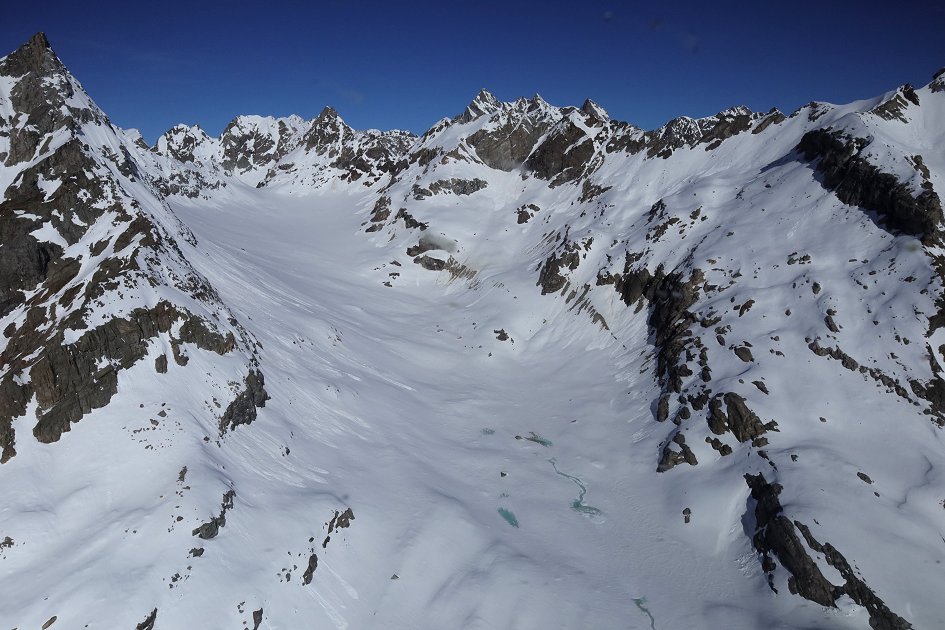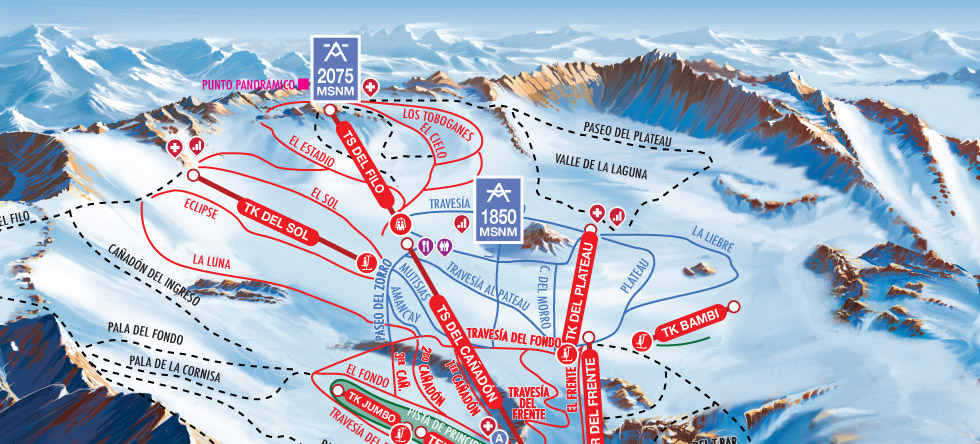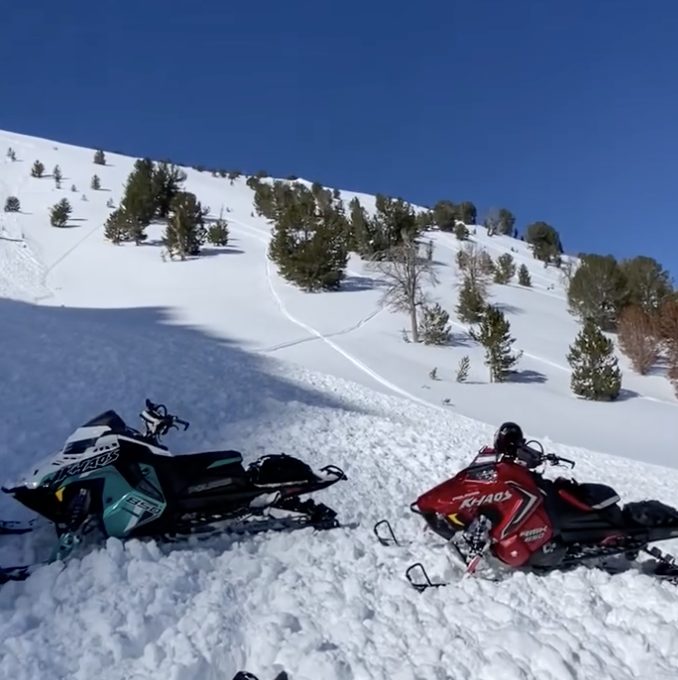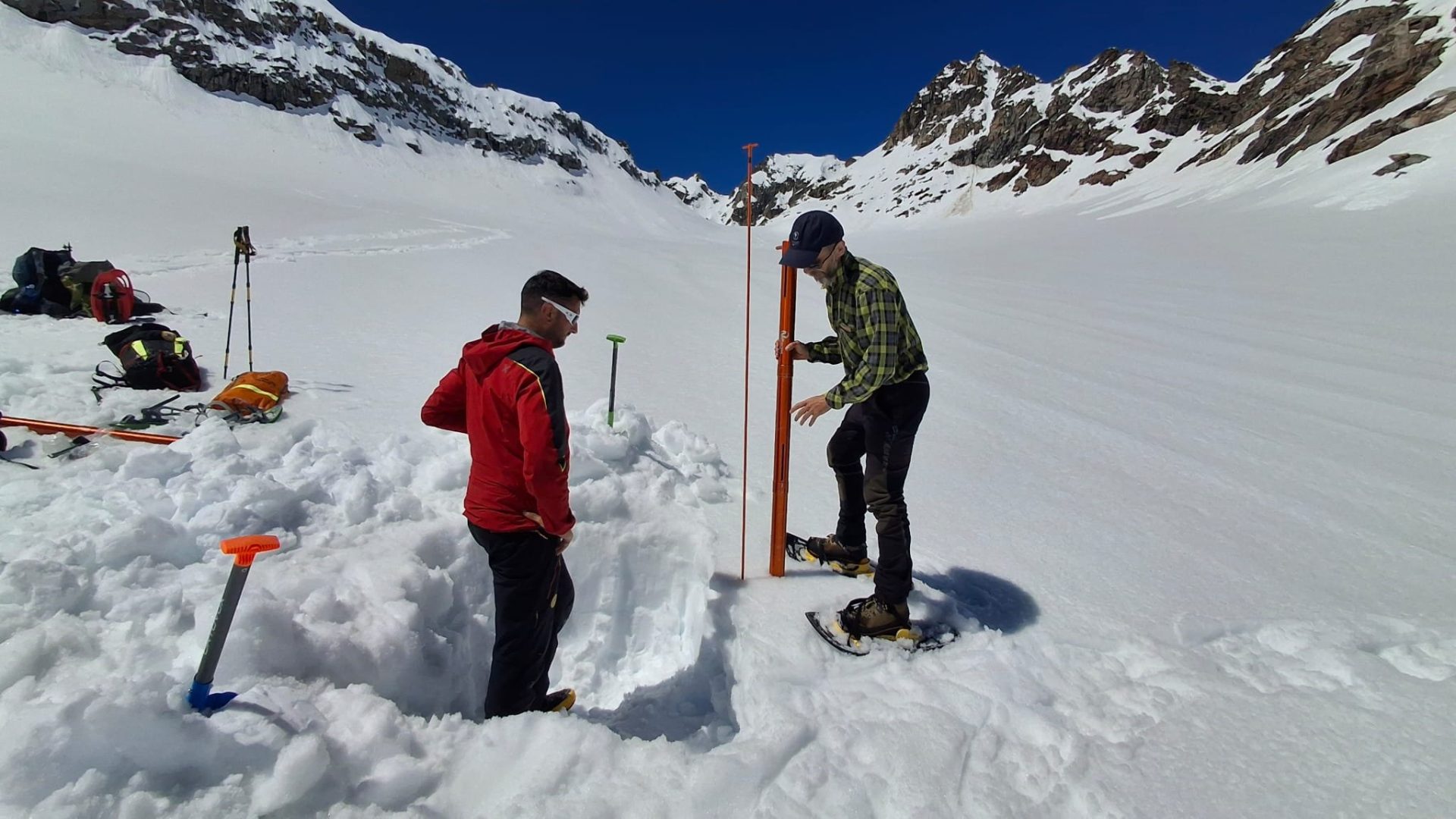
At nearly 10,200 feet above sea level, on the Piedmont side of Italy’s Gran Paradiso National Park, a quiet but remarkable spring snowfall has revived hopes for one of the Alps’ most closely watched glaciers. Since 1992, the Italian Meteorological Society (SMI) and the Italian Glaciological Committee have conducted annual late-spring snow surveys here, using it as a bellwether for high-altitude snow trends in a rapidly changing Alpine climate. The latest of such measurements was taken on May 30. After a slow start to the winter, the Ciardoney Glacier recorded a snowpack averaging 429 centimeters (14 feet) by the end of May—ranking fifth-highest in over 30 years of late spring measurements. Even more striking was the water equivalent of the snow, estimated at 2,500 millimeters—second only to last year’s record-breaking 3,150 millimeters.
This rare accumulation, Italian scientists say, was driven by an abrupt shift in weather: a historic April storm system that dumped more than 130 centimeters (4.3 feet) of snow in just four days, turning what looked like a dry, disappointing season into one of the most snow-rich on record—at least at high altitudes. But the optimism comes with a warning. “Abundant snow accumulation at the end of May no longer guarantees a positive mass balance by September,” said Daniele Cat Berro of the Italian Meteorological Society (SMI), who led the snow survey. “The summers have become too warm. They’re erasing even the most promising winters.”
The 2024–25 Italian snow season began ominously. Warm winds from the southwest in October pushed the snow line as high as 3,000 meters (9,843 feet), and November brought almost no precipitation at all. By New Year’s, the glacier’s snow depth was a meager 20 centimeters (8 inches) —one of the lowest ever recorded by automated webcams in 13 years of monitoring. Gradual snowfalls in January and February began to recover the deficit, but by early March, even then, the snowpack still hadn’t reached one meter. It wasn’t until mid-April that a true shift occurred.
The storm system that struck between April 14–17 was not only the most intense of the season—it was also among the most impactful in recent memory. Flooding occurred at lower elevations, while the glacier received over a meter of fresh snow in four days. Additional snowfall on Easter night pushed the snow depth to a seasonal maximum of 300 centimeters (10 feet). That storm, scientists say, saved the season.
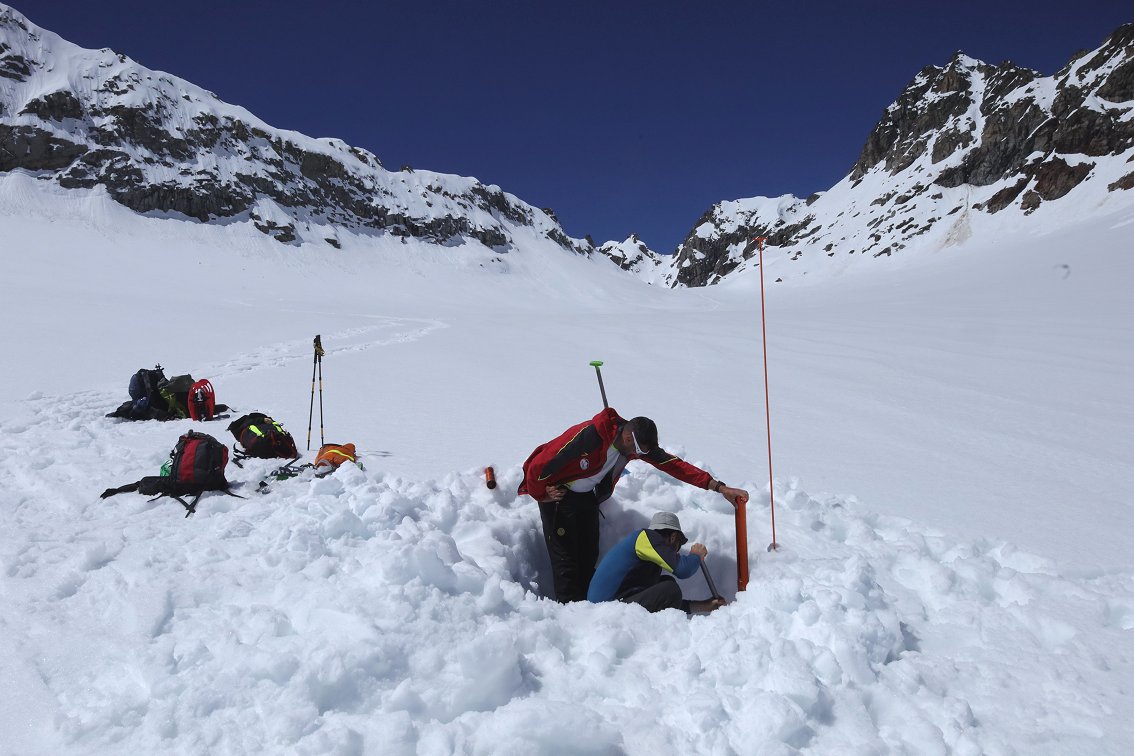
The Ciardoney data reinforces a now-familiar dynamic in Alpine hydrology: precipitation isn’t necessarily falling less, but where and how it falls is shifting dramatically. According to Italy’s ARPA Piedmont hydrological bulletin, April 2025 precipitation in the Orco River basin—where the glacier is located—was 195% above average, nearly triple the norm. But below 1,500 meters (4,921 feet), most of that came as rain, not snow. The result? Flooding in valleys, but snow retention only at the highest peaks.
Meanwhile, temperatures during the 2024–25 winter ranked as the sixth warmest since 1800, with a seasonal anomaly of +1.4°C, according to the National Research Council (CNR-ISAC). Snow lines have continued to rise, and despite strong accumulations above 2,500 meters, the duration of snow cover is shrinking. “The data shows clearly: even at these altitudes, snow doesn’t last like it used to,” said Marco Perelli, a technician with IREN Energia and a collaborator in the glacier study.
The snow density—another key metric—was also high, with readings of 683 kg/m³ at the glacier’s summit. That’s considered “heavy” snow and implies greater water content. But that density also makes the snow more vulnerable to rapid melting once summer temperatures arrive.
Notably, researchers found no deposits of Saharan dust, which in previous years had significantly accelerated melt by darkening the snow’s surface and lowering its reflectivity. This absence may help slow the onset of melt—assuming summer temperatures remain within seasonal norms.
Still, historical trends are sobering. In both 2024 and 2009, similarly strong winter accumulations were almost entirely melted away by summer’s end. And 2022 remains the worst year in the data set, with a spring snowpack just 104 cm deep.
The Ciardoney team will return in September to assess the glacier’s net mass balance, a key indicator of long-term health. While this year’s spring figures offer a brief reprieve, the long-term picture remains grim. “These measurements give us a pulse on the glacier,” said Gabriele Savio, a collaborator from the CNR-IRPI research institute. “Right now, it’s stable. But we know from experience how fast that can change.”
In the high Alps, snowfall is no longer the sole safeguard against glacial retreat. Heatwaves, dust storms, and record summer temperatures have become the dominant forces shaping the fate of Europe’s glaciers. The story of Ciardoney, once again, is a reminder that even the best winters can no longer outpace the climate crisis.
Perched in the Gran Paradiso National Park, the Ciardoney Glacier lies on the Piedmont side of the Graian Alps in northwestern Italy, just south of the Aosta Valley. It spans a surface area of approximately 0.46 square kilometers and ranges in elevation from around 2,850 meters (9,350 feet) at its snout to just over 3,100 meters (10,170 feet) at its upper reaches. Though modest in size, the glacier has become one of Italy’s most closely monitored ice masses due to its accessibility, scientific significance, and long-standing data series.
